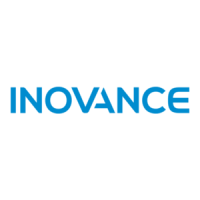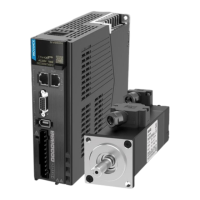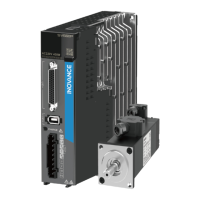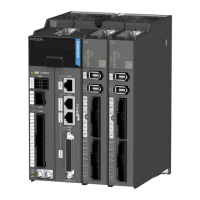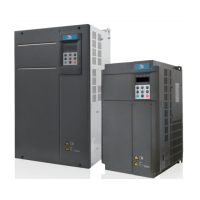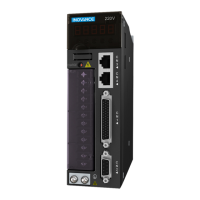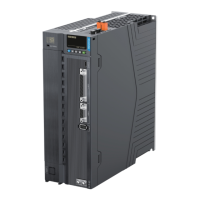
Do you have a question about the Inovance SV670P Series and is the answer not in the manual?
| Model/Series | SV670P Series |
|---|---|
| Category | Servo Drives |
| Protection Class | IP20 |
| Cooling Method | Forced air cooling |
| Control Mode | Position control, Speed control, Torque control |
| Communication Protocol | CANopen, Modbus RTU, EtherCAT |
| Safety | STO (Safe Torque Off) |
| Protection Features | Overvoltage, undervoltage, overcurrent, overload, overtemperature, short circuit |
| Ambient Temperature | 0 to 50 °C |
| Storage Temperature | -20 to 65 °C |
| Humidity | 5% to 95% (non-condensing) |
| Altitude | Up to 1000m (derating may apply above 1000m) |
Introduces the SV670P series servo drive and its features.
Lists related Inovance documentation for the SV670P series.
Illustrates the wiring diagram for a single-phase 220V system.
Describes the overall system composition of the servo drive.
Provides a detailed wiring diagram for position control mode.
Provides a detailed wiring diagram for torque control mode.
Covers installation of circuit breakers, fuses, and contactors.
Details specifications and rules for power cables.
Details specifications and rules for motor cables.
Details specifications and rules for encoder cables.
Details specifications and rules for control cables.
Details specifications and rules for communication cables.
Provides guidelines for cable routing and grounding practices.
Details the pin layout and description of main circuit terminals.
Describes the control terminal (CN1) and its functions.
Describes encoder terminals CN2 and CN7 and their wiring.
Describes communication terminals CN3, CN4, and CN5.
Describes the CN6 STO safety terminal and its functions.
Details the wiring for the external regenerative resistor.
Lists CE directives and standards the drive complies with.
Details requirements for Electromagnetic Compatibility (EMC).
Details requirements for Low Voltage Directive (LVD) compliance.
Lists UL/cUL standards and requirements for the drive.
States that the SV670 series servo drives are KC-certified.
Provides measures against RCD malfunction due to leakage current.
Recommends installing an AC input reactor for harmonic suppression.
Suggests measures to address control circuit interference.
